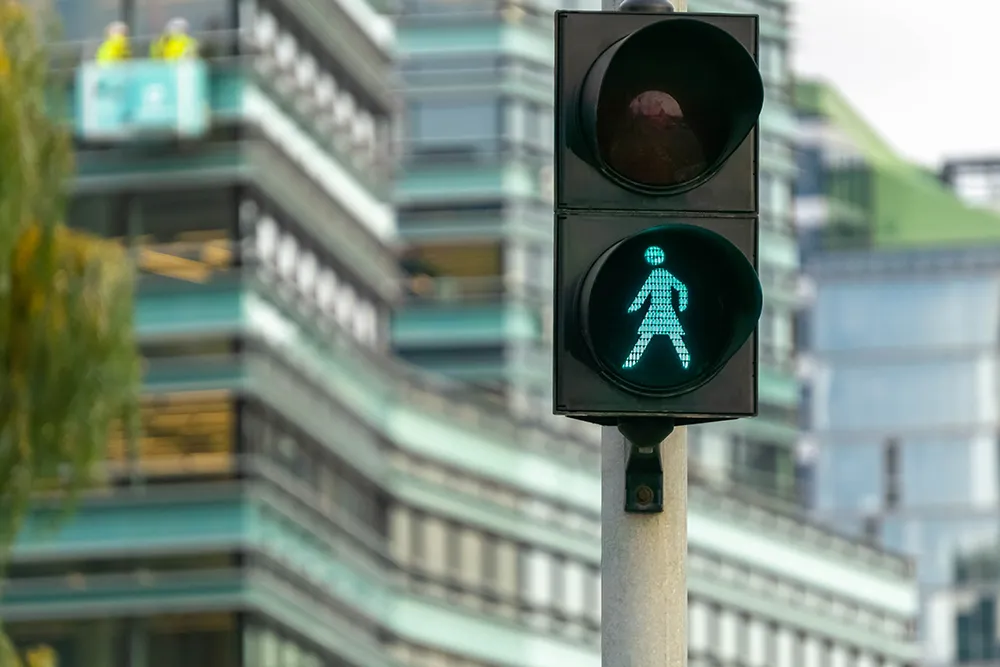Europe’s senior traffic police officers gather in Manchester today for the annual conference of Tispol, the European traffic police network. A priority will be to review the techniques that will always be effective in reducing road traffic deaths and serious injuries, and also to consider new ways of dealing with familiar challenges.
The theme of the conference is ‘Improving Road Safety – Solutions that work’ and the event includes presentations from the head of road safety at the European Commission an
October 1, 2013
Read time: 2 mins
Europe’s senior traffic police officers gather in Manchester today for the annual conference of 650 TISPOL, the European traffic police network. A priority will be to review the techniques that will always be effective in reducing road traffic deaths and serious injuries, and also to consider new ways of dealing with familiar challenges.
The theme of the conference is ‘Improving Road Safety – Solutions that work’ and the event includes presentations from the head of road safety at the1690 European Commission and the Tispol president, as well as police officers, policy makers and academics from across Europe.
Tispol president Koen Ricour comments: “Tispol and its members employ solutions that work, which results in achieving reductions not only in fatalities but also in serious injuries.
“Reductions in numbers of serious injuries have not kept pace with those in the numbers of fatalities. We welcomed the EU decision to make injury reduction an important part of its road safety priorities towards 2020; we believe this willingness to give serious injuries a greater prominence will also support the EU’s existing aim of halving the number of road fatalities by 2020.
“The strategy used for dealing with fatalities will be applied for serious injuries, based on the recently-agreed common definition of a serious road traffic injury. Data collected in 2014 will form the basis of new serious injury reduction targets for 2015-20,” he explained.
The theme of the conference is ‘Improving Road Safety – Solutions that work’ and the event includes presentations from the head of road safety at the
Tispol president Koen Ricour comments: “Tispol and its members employ solutions that work, which results in achieving reductions not only in fatalities but also in serious injuries.
“Reductions in numbers of serious injuries have not kept pace with those in the numbers of fatalities. We welcomed the EU decision to make injury reduction an important part of its road safety priorities towards 2020; we believe this willingness to give serious injuries a greater prominence will also support the EU’s existing aim of halving the number of road fatalities by 2020.
“The strategy used for dealing with fatalities will be applied for serious injuries, based on the recently-agreed common definition of a serious road traffic injury. Data collected in 2014 will form the basis of new serious injury reduction targets for 2015-20,” he explained.








